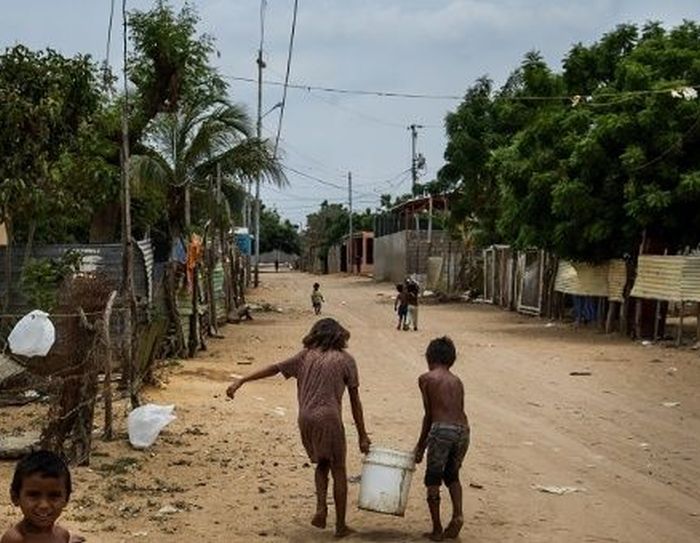The last version of ‘El Niño’ took place between the last quarter of 2015 and the first months of 2016, and had devastating effects in many zones of the world

The predictions on the activity of meteorological phenomenon ”El Niño” for the present year, are still uncertain, since it is not still known if it will develop at global, or at a local level, reported the World Weather Organization.
Despite the strong rains affecting Peru, as a consequence of what is known as ‘El Niño Costero’ the scientific community cannot still determine what is going to happen in the year 2017.
‘It seems that farther in the year, a global event of ‘El Niño’ will be developed, but if there is a very strong phenomenon of ‘El Niño Costero’, that does not mean, that there is a phenomenon of ‘El Niño Costero’ in all the planet’, said World Weather Organization spokesman Claire Nullis in a press round.
‘El Nino Costero’ is an original meteorological phenomenon occurred in Peru in 1925, from which later what is identified as ‘El Niño’ has now an impact in the entire world.
‘There is no consensus among the scientists for the time being, perhaps some more days of the the present month, we’ll have a clearer image, since many strange phenomena are occurring with the weather system,’ added Nullis.
‘El Niño Costero’ is affecting Peru and parts of the Ecuadorian national territory for two months right now. It is characterized by an increase of the temperature of the sea waters close to the coast, something that causes extreme strong rains with a great impact in the ecosystems.
The phenomenon of 1925 became global, coming from the Central Pacific, generated a warm watercourse in the Equatorial Pacific Ocean and provoked an increase in the temperature of the sea on the coast, generating extreme meteorological effects.
The last version of ‘El Niño’ took place between the last quarter of 2015 and the first months of 2016, and had devastating effects in many zones of the world.
 Escambray ENGLISH EDITION
Escambray ENGLISH EDITION





Escambray reserves the right to publish comments.